
Here are today’s most important updates from the realm of Science and Space.
Diwali Beyond Earth: Sunita Williams Lights Up Space with Festive Spirit
#WATCH | Washington DC | White House Diwali Celebrations | NASA Astronaut Sunita Williams shares a video message on Diwali from the International Space Station.
— ANI (@ANI) October 28, 2024
She says, "Greetings from the ISS. I want to extend my warmest wishes for a Happy Diwali to everyone celebrating… pic.twitter.com/YEv3wNAxW9
(Credit - X/@ANI)
NASA astronaut Sunita Williams shared Diwali wishes with people celebrating the festival in the United States and around the globe from International Space Station (ISS). Williams shares her unique experience of observing Diwali 260 miles above Earth in a heartfelt video message recorded from space: "Greetings from the ISS," she said. "I want to extend my warmest wishes for a Happy Diwali to everyone celebrating today at the White House and around the world.” Sunita’s message was shown in the special Diwali celebration held at the White House.
Williams has been stuck in the ISS since June 6, 2023, along with fellow astronaut Butch Wilmore due to Boeing's Starliner spacecraft failure.
Indian Astronomers Spot Massive Planet – Five Times Earth’s Size
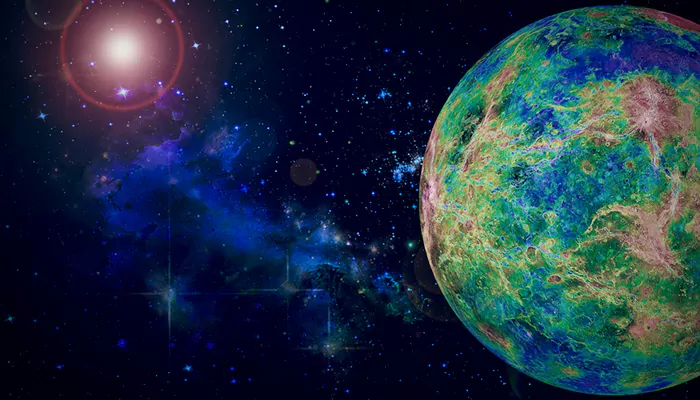
Researchers from the Physical Research Laboratory (PRL) in India have discovered TOI-6651b, a dense, Saturn-sized exoplanet orbiting a Sun-like star using advanced PARAS-2 spectrograph. This is the fourth exoplanet discovery by PRL researchers. This unique exoplanet weighs around 60 times the mass of Earth with a radius approximately five times larger than our planet. The exoplanet is located at the edge of the “Neptunian desert”, a mysterious zone where only few planets of this mass exist. This planet orbits its Sun-like host star named TOI-6651, in an extremely close (5.06-day) cycle, indicating a "year" on this planet lasts a fraction of an Earth month.
Countdown to the Moon: NASA’s Artemis III Updates Prime Landing Sites
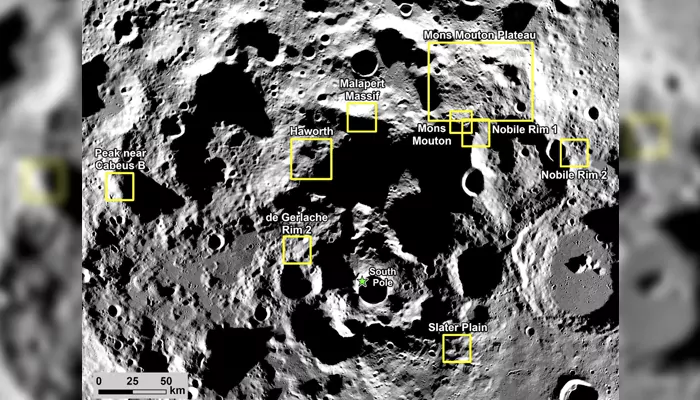
As NASA is preparing for the first crewed Moon landing in last five decades, the space agency has detected an updated set of 9 potential landing spots near the lunar South Pole for upcoming Artemis III mission.“Artemis will return humanity to the Moon and visit unexplored areas. NASA’s selection of these regions shows our commitment to landing crew safely near the lunar South Pole, where they will help uncover new scientific discoveries and learn to live on the lunar surface,” said Lakiesha Hawkins, assistant deputy associate administrator, Moon to Mars Program Office.
These areas contain a wide range of geological characteristics providing flexibility for the mission. Meanwhile, scientists believe that the lunar South Pole might preserve crucial resources like water.
IIT Delhi Revolutionizes Solar Power with Breakthrough in Cost-Effective Cells
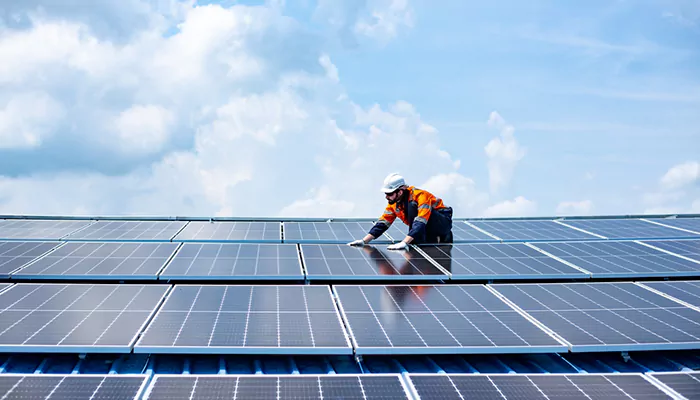
Researchers at the Indian Institute of Technology (IIT) Delhi, led by Prof. Trilok Singh from the Department of Energy Science and Engineering, have made a significant progress in solar cell technology. The Perovskite solar cells could revolutionise the solar energy sector by streamlining the production process as well as lowering costs. The use of guanidine sulfate salt as a stabilising agent played a crucial role in developing this cell. As per pilot scale study, these cells retained around 87% of their initial efficiency even after 2,000 hours of operation, promising a long-term durability.

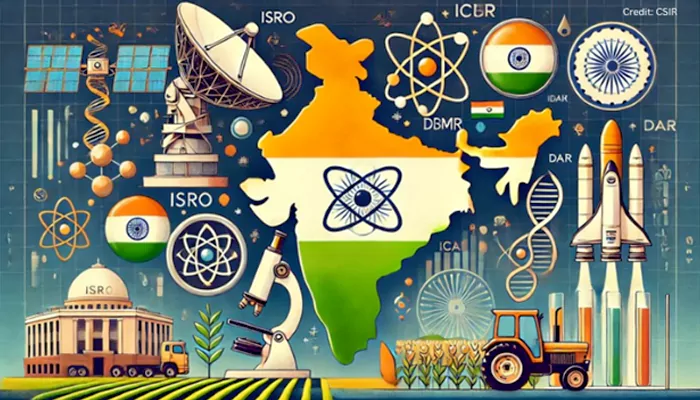

.webp)
.WEBP)
.WEBP)
.webp)
.webp)
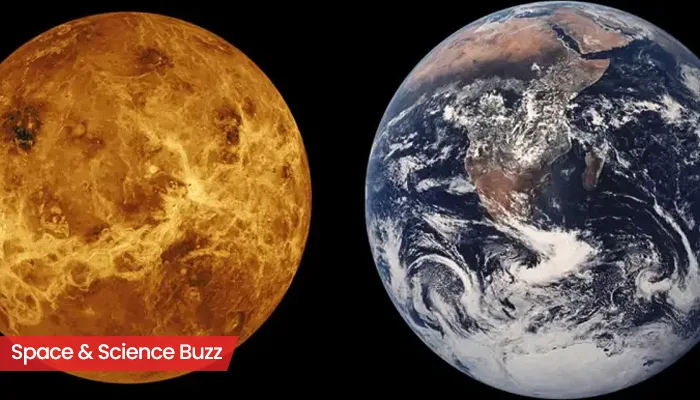
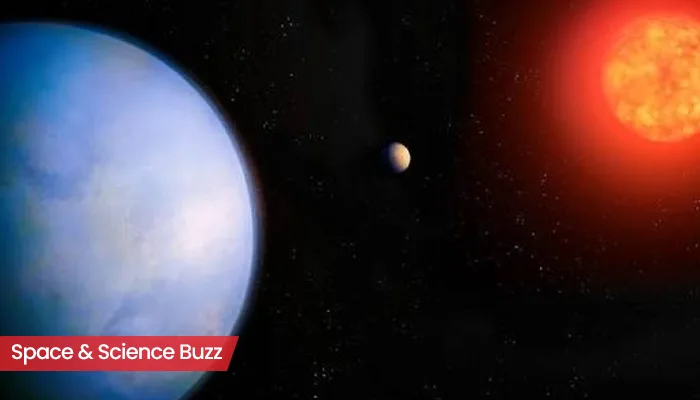
.webp)
.webp)
.webp)